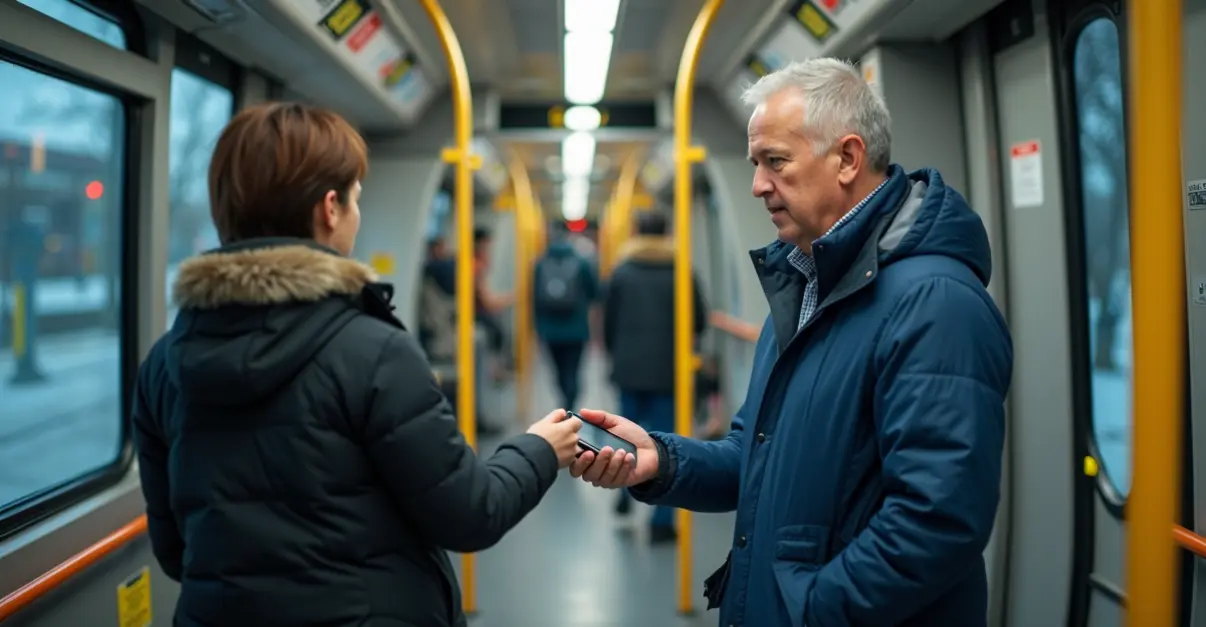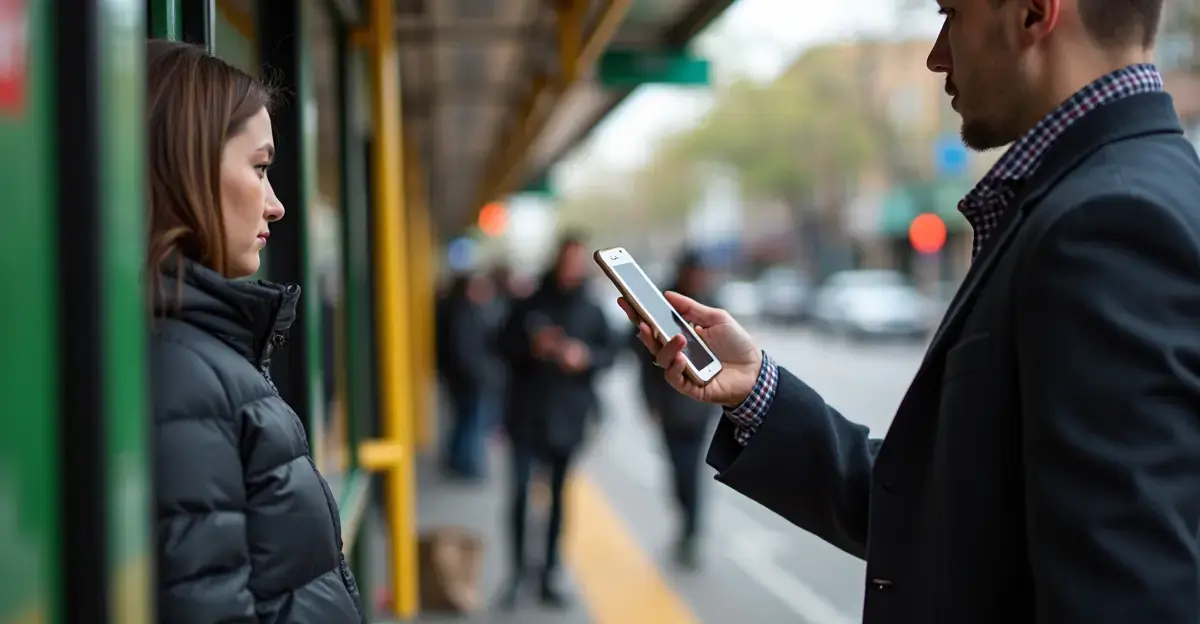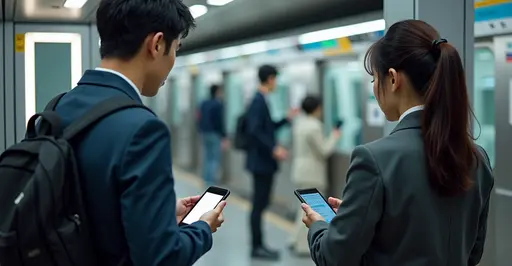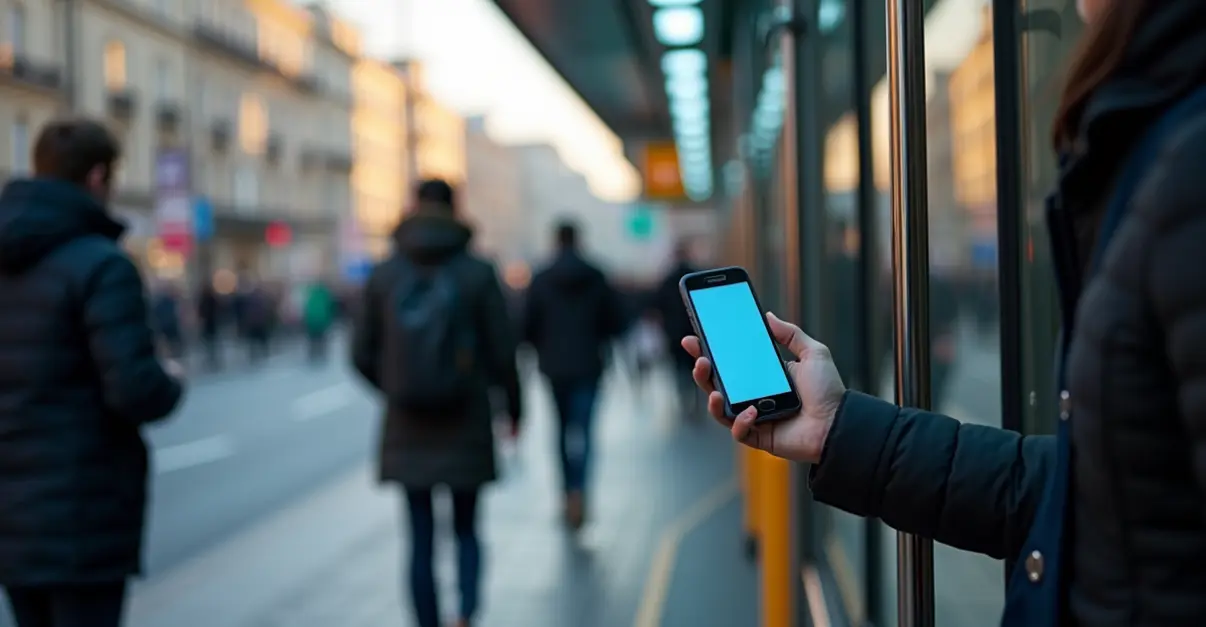Cities worldwide are expanding unified transport fare integration trials, enabling passengers to use single payment methods across buses, trains, and other transit modes using contactless technology.

Public Transport Fare Integration Trials Expand Across Global Cities
Major cities worldwide are accelerating pilot programs for unified ticketing and contactless payment systems across multiple transportation modes, marking a significant shift toward seamless urban mobility. These initiatives aim to create frictionless travel experiences where commuters can use a single payment method—whether a contactless bank card, mobile wallet, or dedicated transit card—across buses, trains, trams, and other public transport options.
Global Momentum for Integrated Fare Systems
The movement toward unified fare systems has gained substantial momentum in 2025, with cities from London to Singapore implementing ambitious pilot programs. 'We're seeing a fundamental transformation in how people pay for and experience public transportation,' says transportation analyst Maria Rodriguez. 'The goal is to eliminate the friction of multiple tickets and payment methods that have long complicated urban commuting.'
London's Transport for London continues to expand its contactless payment system, which now accounts for over 60% of all journeys. The system allows passengers to use contactless bank cards, mobile payments, or Oyster cards across the entire transport network. Meanwhile, New York City's Metropolitan Transportation Authority is piloting a new unified payment system that integrates subway, bus, and commuter rail services.
Technological Innovations Driving Change
The expansion of these trials is powered by several key technological innovations. Account-Based Ticketing (ABT) systems have become the industry standard, allowing riders to use multiple payment methods linked to a single account. Open payment systems enable passengers to use their regular contactless bank cards directly on transit networks without needing specialized transit cards.
Near Field Communication (NFC) technology forms the backbone of these contactless systems, enabling quick, secure transactions at entry and exit points. 'The beauty of modern fare systems is their simplicity,' explains tech consultant David Chen. 'Passengers don't need to understand the complex backend technology—they just tap and go, whether they're using a credit card, smartphone, or transit card.'
Benefits for Commuters and Cities
Unified fare systems offer significant advantages for both passengers and transit authorities. For commuters, the convenience of a single payment method across different transport modes reduces journey planning complexity and eliminates the need to carry multiple tickets or cards. Real-time payment processing and automated fare capping ensure passengers never pay more than necessary for their daily travel.
For cities and transit operators, these systems provide valuable data insights into travel patterns, enabling better service planning and resource allocation. 'The data we collect from unified payment systems helps us understand how people move through our cities,' says transportation planner Sarah Johnson. 'This allows us to optimize routes, improve service frequency, and identify areas where transportation access needs improvement.'
Challenges and Implementation Considerations
Despite the clear benefits, implementing unified fare systems presents several challenges. Legacy infrastructure often requires significant upgrades to support modern payment technologies. Integration across multiple transit operators and agencies requires complex coordination and standardized protocols.
Cybersecurity remains a critical concern, with transit systems becoming increasingly attractive targets for cyberattacks. 'As we move toward more digital payment systems, security must remain our top priority,' emphasizes cybersecurity expert Michael Thompson. 'We're implementing multiple layers of protection, including tokenization and encryption, to safeguard passenger data and payment information.'
Equity considerations also play a crucial role, as cities must ensure that digital payment systems don't exclude populations without access to bank accounts or smartphones. Many cities are addressing this by maintaining cash payment options and offering subsidized transit cards for low-income residents.
Future Outlook and Expansion Plans
Looking ahead, industry experts predict continued expansion of unified fare systems throughout 2025 and beyond. The integration of mobility-as-a-service (MaaS) platforms will likely create even more comprehensive travel ecosystems, where passengers can plan, book, and pay for multiple transport modes through single applications.
Emerging technologies like biometric authentication and blockchain-based payment systems may further transform the fare collection landscape. 'We're just scratching the surface of what's possible with integrated mobility payments,' says innovation director Lisa Wang. 'The next five years will bring even more seamless, personalized travel experiences as technology continues to evolve.'
As cities worldwide continue to expand their fare integration trials, the vision of truly seamless urban mobility moves closer to reality. The success of these pilot programs will likely influence transportation policy and infrastructure investments for years to come, shaping how millions of people navigate their cities every day.

 Nederlands
Nederlands
 English
English
 Deutsch
Deutsch
 Français
Français
 Español
Español
 Português
Português









